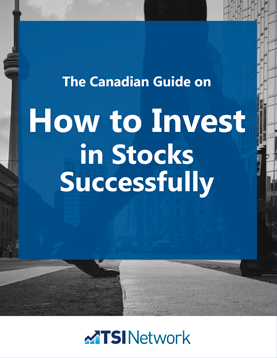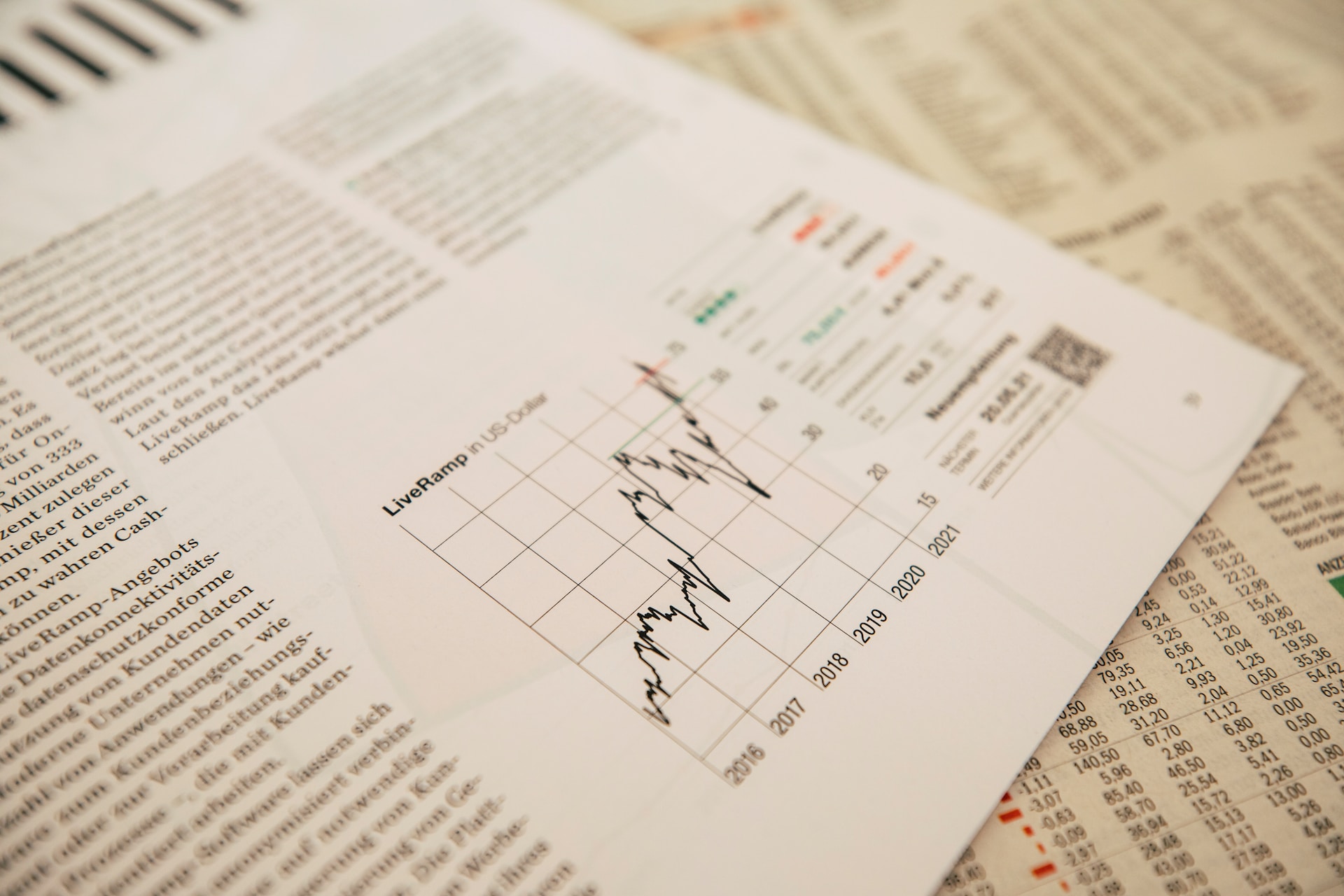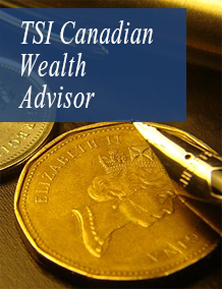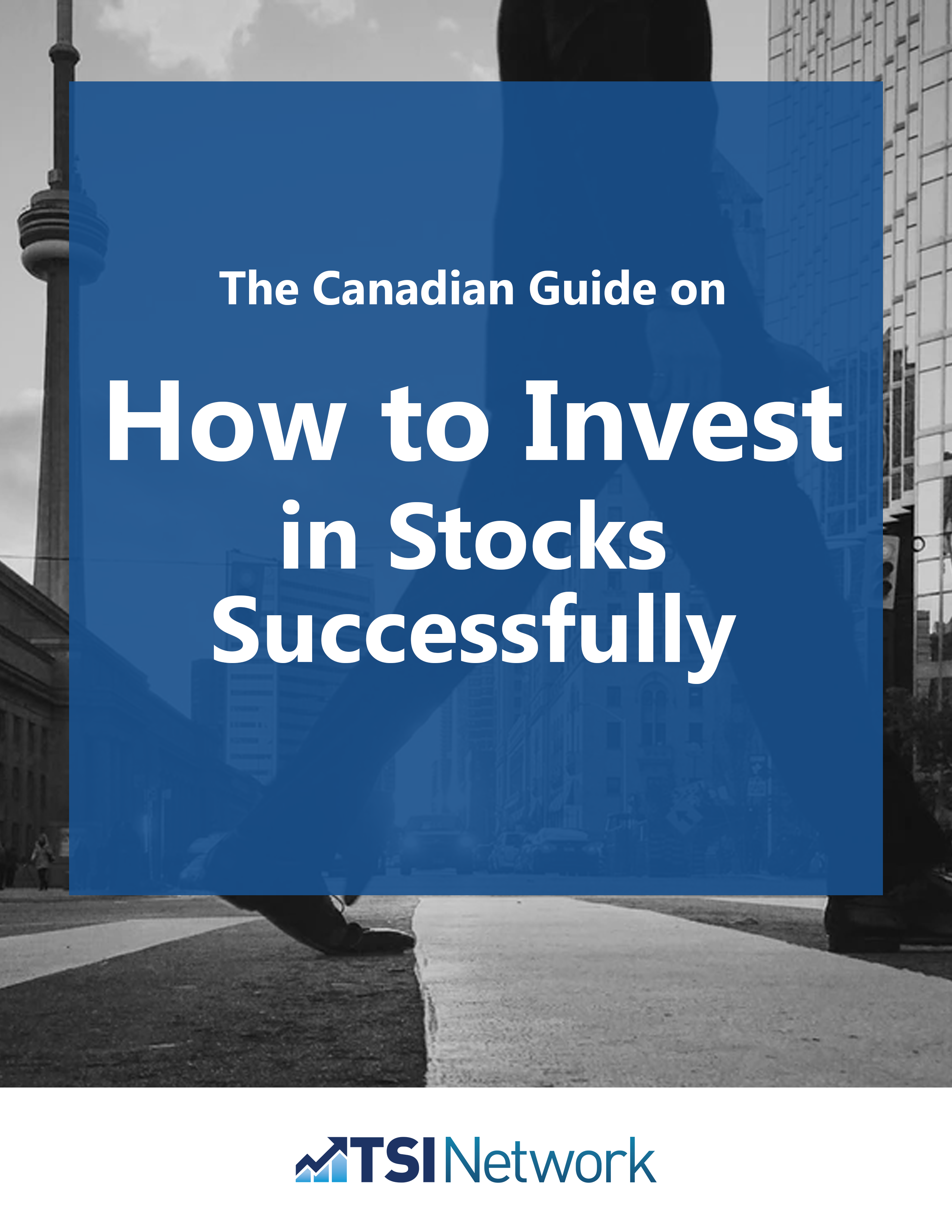Topic: How To Invest
Interest Rates, Financial Physics, and How Brokers Play the Bond Game
Interest Rates, Financial Physics, and How Brokers Play the Bond Game
Many investors wonder what to expect next from interest rates, following the rise they began in early 2020, around the time when the COVID-19 pandemic first appeared.
My best guess is that the rise in interest rates has stalled, at least for now. I can’t say for sure, of course, and neither can anybody else. It’s a matter of what we call Financial Physics.
 How Successful Investors Get RICHLearn everything you need to know in 'The Canadian Guide on How to Invest in Stocks Successfully' for FREE from The Successful Investor. How to Invest In Stocks Guide: Find 10 factors that make your investments safer and stronger. |
They grow out of human nature, which spurs people to take advantage of financial incentives. These rules highlight tendencies, not certainties. But they help us sort through the many opportunities available in the stock market.
Interest rates have many proxies in the financial world, but the best one would be trading in U.S. government bonds. The U.S. bond market is among the biggest and most liquid markets in the world.
When interest rates go up, bond prices go down, and vice versa. If you could foresee what interest rates would do next, you could use that information to make vast amounts of money by trading bonds. You could become the world’s first trillionaire.
If only it was so easy! But, like a lot of things in life (and especially finance), interest rates are unpredictable.
Anybody can guess which way rates will move next. But nobody can consistently predict if they will go up or down, much less how far or for how long. Yet many investors base their most important investment decisions on how interest rates are likely to behave in coming months or years.
Interest rates and income investments are particularly important for investors who are retired or close to it. That’s a time in life when investors tend to move away from equities and invest more in bonds and other fixed-return investments. But that’s not always the best idea. Unless you really want to hold them in your portfolio, we don’t recommend bonds or other fixed-income investments as buys (more on that below).
For example, beyond financial physics, here’s a list of what not to invest in after retirement:
- Penny stocks
Buying low-quality penny stocks is one of the things that can appear to be successful before it goes badly wrong. Some get hooked on it, since low-quality stocks can be highly profitable over short periods. That’s because they are generally more volatile than high-quality stocks.
All penny stocks rely on luck to become wildly profitable. If you play long enough, the “house odds” eventually triumph over any run of luck. In penny stocks or games of chance, the odds are against you. So, time works against you. The longer or more often you play, the likelier you are to lose.
2. Short-term investments
One thing to consider about short-term investing is the market’s volatility. When volatility is heightened, it makes it harder for in-and-out traders to make money.
There is no denying the immediate appeal of taking a fast profit. However, most successful investors find over long periods that much of their profit comes from a handful of their best investments—stocks that went up much more than they ever expected. If you are too quick to take profits, you’ll wind up selling your best picks when they are just beginning to rise.
3. Stock options
Stock options are not a smart idea if you’re in retirement. Stock options are expensive to trade. You pay commissions each time you buy or sell stock options. Commissions eat up a large part of any profits you may make with stock options, particularly if you trade in small quantities. What’s more, every trade costs you money in “slippage,” or the difference between the bid and the ask price. With options, this difference is larger than it is with stocks.
Stock options can also be rendered worthless. Unlike common stocks, an option has a limited lifespan. You can hold common stocks indefinitely in the hope that their value will increase. A stock holder can wait out a temporary downturn in the hope of eventually realizing a profit. But every option has an expiration date. If an option is not sold or exercised prior to its expiration date, it expires and is worthless. For this reason, an option is considered a “wasting asset.”
4. Junior mining stocks
A junior mine is typically a mining company with a single, small mining operation. That adds to risk, because it will need to successfully maintain production at high levels—otherwise its single source of cash flow will dry up.
Because of this, junior mining stocks are highly speculative investments, and can easily cost you money. Investing in junior exploration stocks is especially risky because it’s relatively cheap and easy to launch a penny mine company and sell stock to the public. So the junior promotion business attracts more than its share of unscrupulous operators and stock promoters.
5. Bonds
As some investors near retirement, their advisors recommend switching to bonds and other fixed-income investments for their retirement investments instead of holding stocks or ETFs.
Unless you really want to hold them in your portfolio, we don’t recommend bonds or other fixed-income investments as buys. They pay low interest and will drop in value as interest rates rise.
If you choose to use bonds for retirement, assume you will earn the current yield; don’t assume you can make money trading in bonds.
 How Successful Investors Get RICHLearn everything you need to know in 'The Canadian Guide on How to Invest in Stocks Successfully' for FREE from The Successful Investor. How to Invest In Stocks Guide: Find 10 factors that make your investments safer and stronger. |
Financial Physics and How Brokers Play the Bond Game
I worked in the brokerage industry for a time in the 1970s and again in the 1990s. A great deal changed in the industry between those two periods, but human nature was the same as ever.
The 1990s offered some of the highest bond interest rates that I’ve ever seen. It was also the only time that I advised clients to buy bonds for their RRSPs.
I put them in government-issue Canadian strip bonds, which were yielding 9% or more. That 9% yield was close to the best long-term return they were likely to earn in conservative stocks over long periods.
I bought these “strips” in one-, two-, three-, four- and five-year maturities for part of their RRSPs—the traditional “ladder of maturities.”
After a year, bonds would be one year closer to maturity. The five-year issue would mature in four years, the four-year issue in three, and so on. The one-year issues would mature at the end of a year. To maintain the ladder, you’d use the proceeds of the matured one-year strip to buy a new 5-year strip.
I happened to compare notes with another broker in the office. He told me he had instead bought Bell Canada bonds for his clients. They were yielding more than 10% and had a maturity date of nearly half a century.
I said, “I hate to think where inflation might go before they mature.” My colleague was more interested in what he’d make on the purchase.
He explained that he could charge pretty much whatever commission he wanted. With stocks, clients paid a percentage commission fee, buying or selling, based on the price of the stock. Bonds were thought of as “commission-free” but were sold with a built-in fee for the broker.
The arithmetic of long-term bond trading is complicated. They were quoted by their yield-to-maturity, rather than price.
But if the bond desk deducted an extra quarter of 1% from the bond’s yield, it added up to 0.25% times the number of years left till maturity. In this case, 0.25% x 50 years equals a built-in cost (known in the business as a “mark-up”) to the client of around 12%.
The broker didn’t expect the client to hold the bond for 50 years. He figured that as inflation began inching up, he could persuade the client to sell. That would mean another 12% charge (a “mark-down”), to be split between the broker and the brokerage firm.
This is an example of one of those conflicts of interest that you’ll often run into in the investment business.
Do you invest in bonds after retirement? Do you follow financial physics? What are your predictions?



